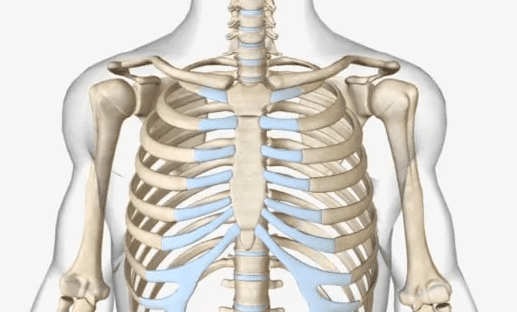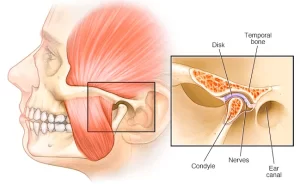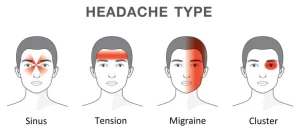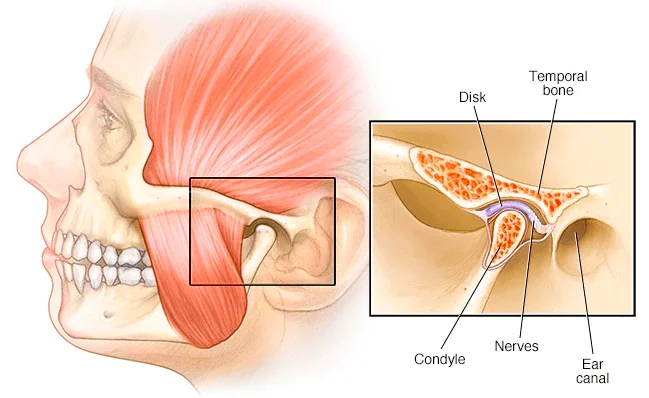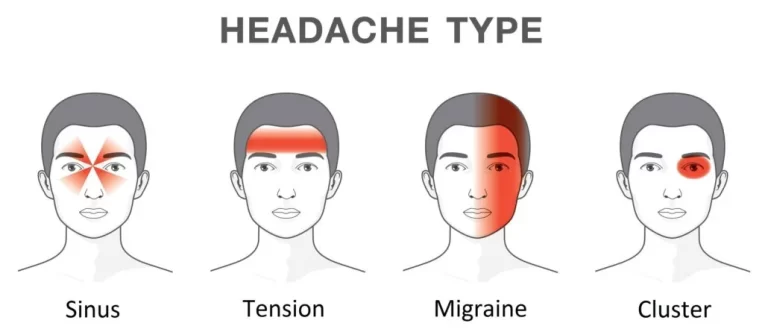What is Rib Dysfunction?
Twelve sets of ribs come together in the front at the breastbone (sternum) and in the back at each of the thoracic spine vertebrae to form the “rib cage”. The ribs move like a “bucket handle” with each breath. When the ribs do not move or move incorrectly, this is called rib dysfunction.
Causes of Rib Dysfunction
A rib can develop mobility problems in many different ways. They can be caused by poor posture, asymmetrical muscle development, poor alignment of the spine or acute trauma including direct blows, rotational strains, forceful compression of the rib cage, or a simple coughing attack.
Symptoms of Rib Dysfunction
The symptoms are usually on one side, and it is painful upon deep inhalation, exhalation, coughing or sneezing. Flexing forward, twisting, or bending to your side may increase the pain. the area may be painful to the touch.
Rib Dysfunction Treatment
Physical therapy can be helpful in determining the level of Rib Dysfunction and is often helpful in alleviating the pain. Treatments may include soft tissue mobilisation, joint mobilisations, stretching and strengthening exercises and postural work. Pain relieving modalities such as Cryotherapy, therapeutic ultrasound therapy, electrical stimulation therapy and Kinesio taping are often used to help decrease initial symptoms. More severe cases of rib dysfunction can benefit from injections to decrease pain or a consultation with a physician for diagnostic imaging (X-ray) to rule out a fracture. If in doubt, please seek professional advice.
Check out our popular articles: Diastasis Recti, Tight Back Muscles, Irritable Bowel Syndrome (IBS), Temporomandibular Joint (TMJ) Dysfunction, Tennis Elbow, Wrist Tendon Injury, Sciatica, Whiplash, Hernia, Herniated Disc (Slipped Disc).
